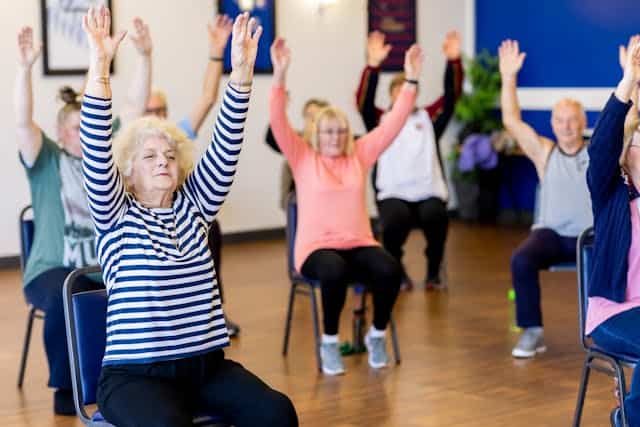
Systematic Review of Accelerometer Responsiveness to Change for Measuring Physical Activity, Sedentary Behavior, or Sleep
October 23, 2023
Children and youth’s movement behaviours differed across phases and by geographic region throughout the COVID-19 pandemic in Nova Scotia, Canada: an explanatory sequential mixed-methods study
November 6, 2023A paper titled “Physical activity and sedentary behaviour of adolescents and their parents: a specific analysis by sex and socioeconomic status” was recently published in Archives of Public Health. A summary of the article and citation details are re-posted below. The full article can be found here.
ABSTRACT
Background
The association of lifestyle habits of parents and of their children has been widely investigated as an important determinant for healthy habits in youth. Although parental sociodemographic characteristics are potential confounding factors in parent-child physical activity (PA) and sedentary behaviour (SB), it is still unclear whether these factors have a moderating role in this association. This study aimed to analyze the association of parent-child PA and SB according to parental sex and economic level in adolescents.Methods
The study sample was made up of 1231 adolescents (15.6 ± 1.1 years, 58.2% of girls), 1202 mothers and 871 fathers. The leisure-time and commuting PA was assessed by the Baecke questionnaire, while sedentary behaviour (SB) was assessed according to hours per week of television viewing and computer use, by both adolescents and their parents. Economic status was analyzed using a questionnaire and classified as low, medium, and high. Linear models were used to assess the association of parent-child PA and SB in the different domains according to parental sex and economic level.Results
Leisure time was associated between boys and their fathers in high (β = 0.23, p = 0.044) and low economic classes (β = 0.31, p < 0.001), and girls and their mothers in low economic class (β = 0.38, p < 0.001). Commuting PA was associated between adolescents and both parents in low economic class (fathers β = 0.21, p = 0.005; mothers (β = 0.15, p = 0.020). TV time of boys was associated with TV time of fathers in low economic class (β = 0.13, p = 0.022) and with TV time of mothers in medium economic class (β = 0.13, p = 0.046). Among girls, TV time was associated with TV time of both parents only in low economic class (fathers β = 0.28, p < 0.001; mothers β = 0.25, p < 0.001). Computer use of girls was associated with computer use of fathers in high economic class (β = 1.72, p = 0.043) and mothers in low economic class (β = 0.57, p = 0.014), while no association was observed among boys.Conclusion
Economic status was shown to be an important moderator of the association between parent-child PA and SB in adolescents.
CITATION
Mesquita, E.D., Tebar, W.R., Correia, D.C.Q. et al. (2023). Physical activity and sedentary behaviour of adolescents and their parents: a specific analysis by sex and socioeconomic status. Arch Public Health, 81(189), 1-9. https://doi.org/10.1186/s13690-023-01185-1
Photo by Karolina Grabowska on pexels




